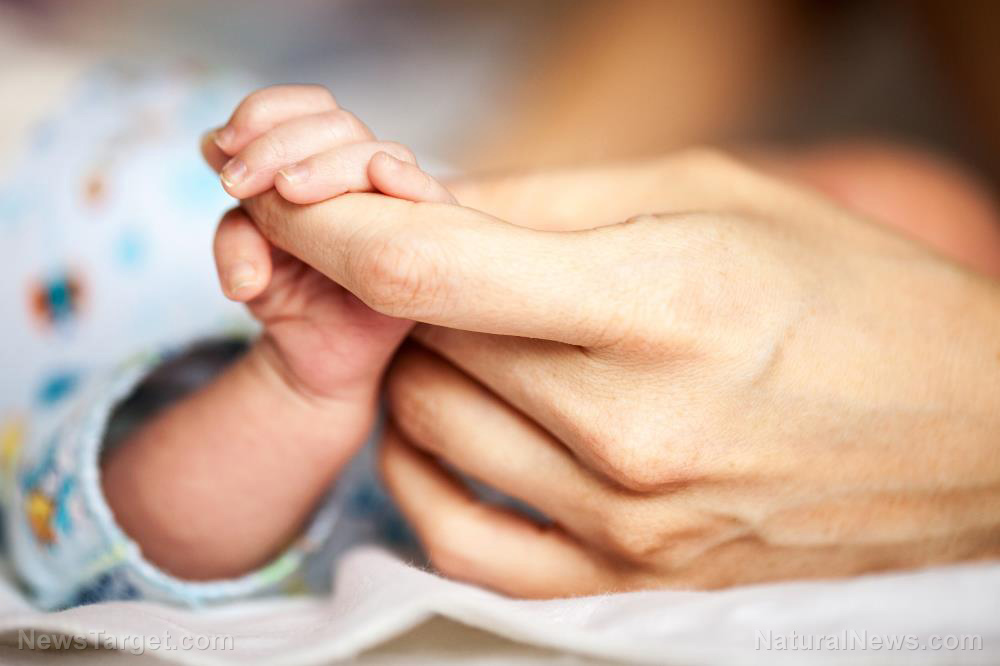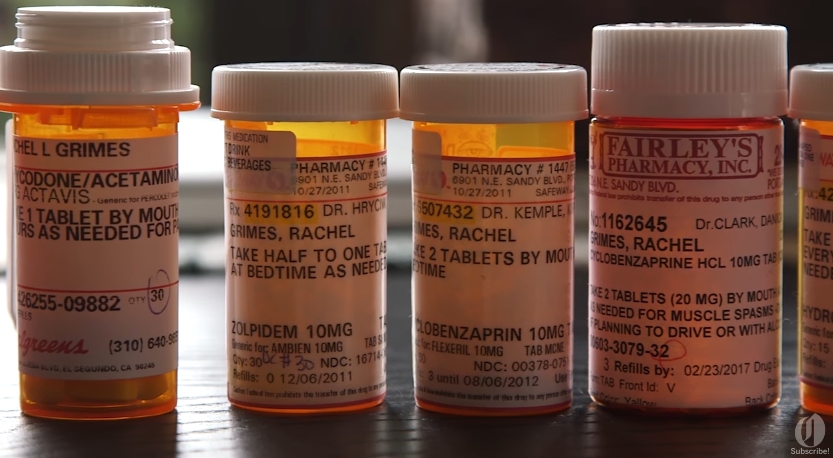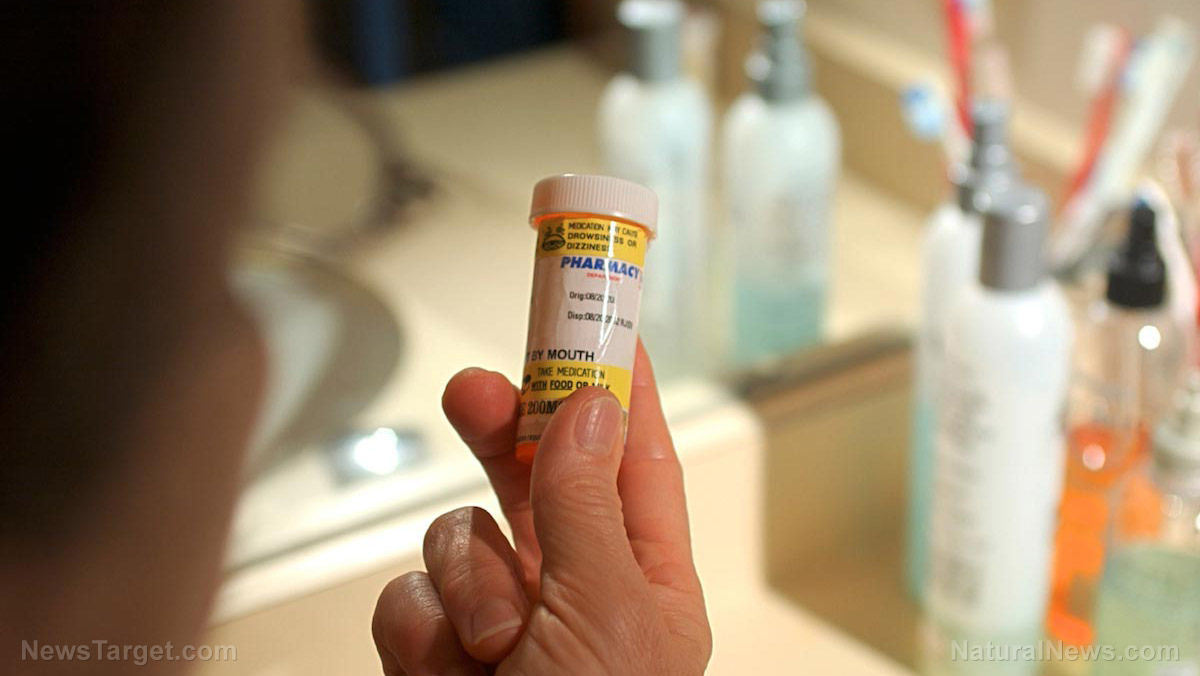Doctors are wildly over-prescribing opioids painkillers after C-section procedures
07/26/2018 / By Russel Davis

Three recent studies published in Obstetrics & Gynecology revealed an excessive number of opioid painkillers are being prescribed to women following a Cesarian-section delivery. This fuels the risk of drug misuse, the researchers said. According to recent statistics, C-sections are the most common inpatient surgery in the U.S., with as many as 1.3 million operations being performs annually. However, the researchers noted the scarcity of data indicating how much medicine these patients really need.
To carry out the first and the largest study of its kind, researchers at the Brigham and Women’s Hospital and Harvard Medical School in Boston examined 720 C-section patients across six medical centers in the U.S. The research team found that 85 percent of patients filled an opioid prescription when the were discharged. The study revealed that women were prescribed about twice as many pills as they used, with each patient having 15 leftover doses on average. With the number of C-sections performed per year, this equated to about 20 million opioids that could be diverted or misused.
“We know that leftover medications are fueling our current opioid epidemic. Quantifying the amount of medication that a woman needs to control her pain following cesarean delivery and finding ways to reduce unnecessary prescribing can reduce unused opioid pills that end up in medicine cabinets at home,” corresponding author Brian Bateman told DailyMail.co.uk.
Details of the second and third studies
In the second study, a team of researchers from the Vanderbilt University in Tennessee examined 179 C-section patients, 165 of whom were prescribed an opioid. The doses ranged between eight to 84 pills. Nurse-midwives prescribed fewer drugs compared with physicians.
The study revealed that more than 75 percent of the patients had leftover pills. However, only seven women were found to throw away the excess pills. The researchers also found that a majority of women kept leftovers in an unlocked cabinet. (Related: Excessive opioid use increases risk of babies being addicted to the drug.)
“We are the source of these excess opioids, and we need to do more to restrain that, but we really need to tailor that so the individual gets what they need. Our take-home point is we don’t want one-size-fits-all prescribing,” corresponding author Dr. Sarah Osmundson said in Consumer.HealthDay.com.
However, the third study revealed that meeting with a clinician and using a visual presentation to discuss pain expectations and potential opioid doses needed reduced post-operative drug use by 50 percent. The researchers also found that nine out of 10 participants reported being satisfied with the informative approach, with nearly as many participants saying the shared decision-making approach was helpful.
“We need to be conscious of what the consequences of routine opioid prescribing are — not just for the patient but for anyone who might encounter her medicine cabinet…This is the path forward, I think. It’s not saying everybody gets 90 Oxycontins or seven Oxycontins, it’s actually involving the patient in her own decision-making,” Dr. Mishka Terplan added.
Read more articles on women’s health at WomensHealth.news.
Sources include:
Tagged Under: Big Pharma, C-section, drug, drug addiction, drug dependency, Opioids, pregnancy, women's health



















